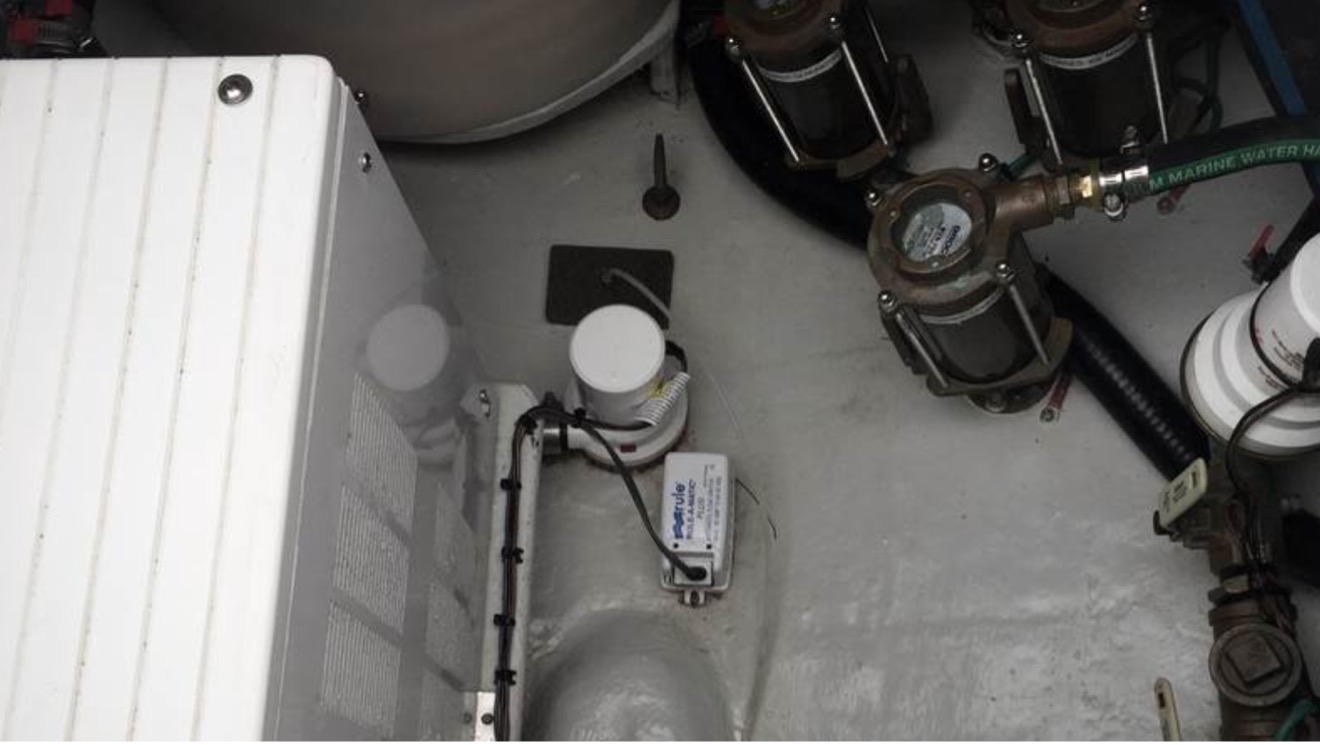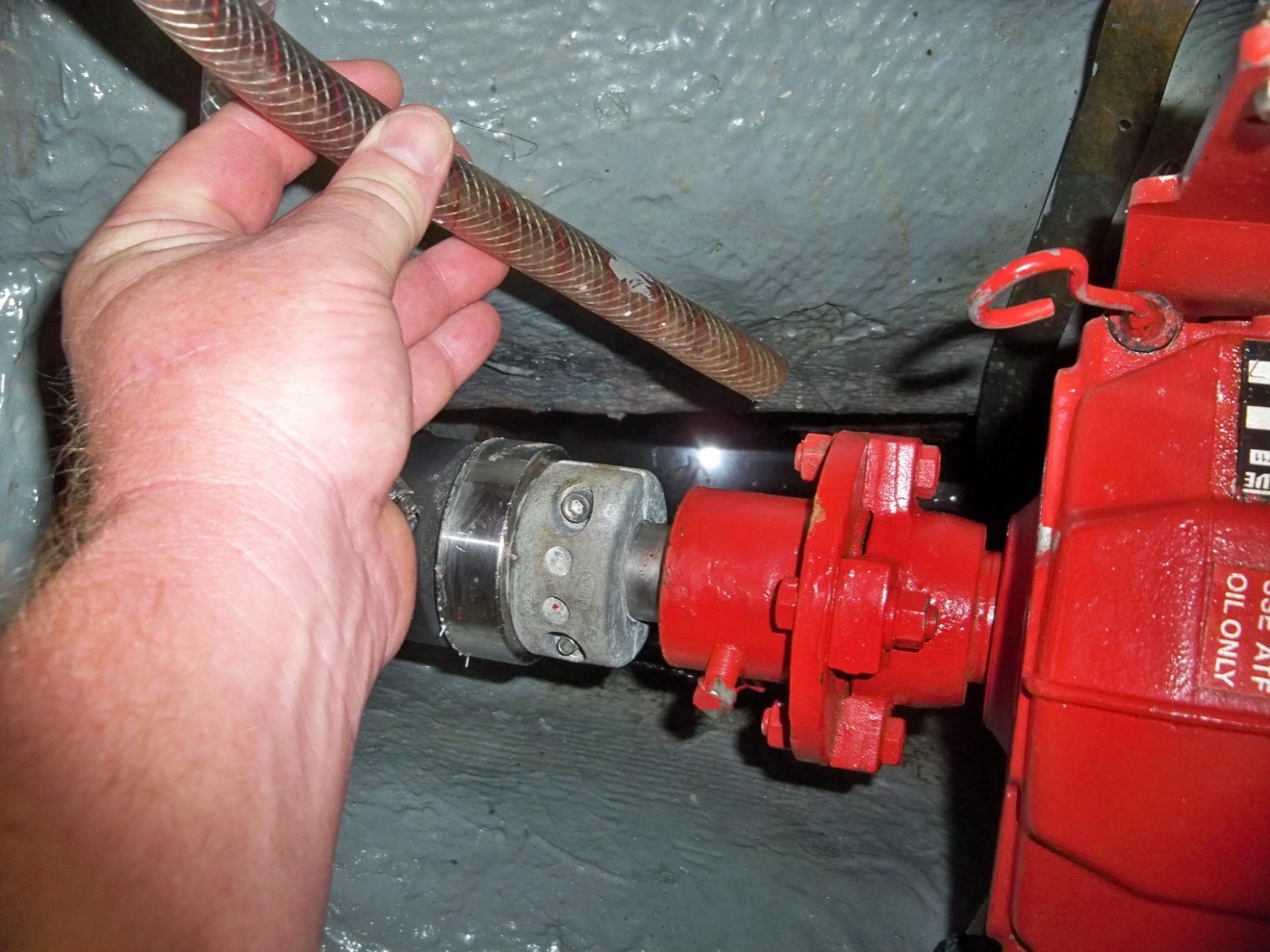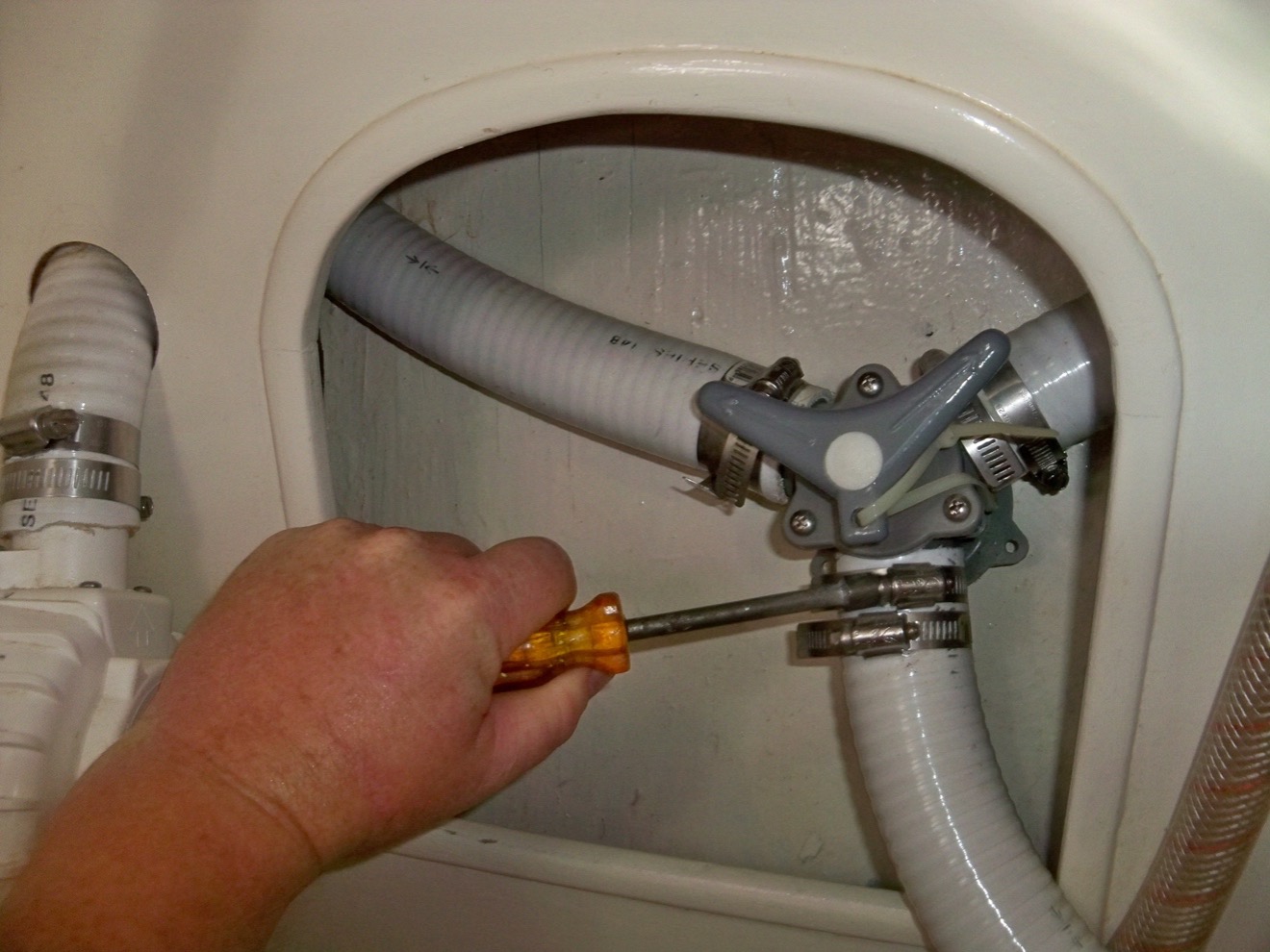The smell of victory – battling bilge odors.
The benefits of a clean bilge are many. Not only will your bilge be odor free, but leaks are easier to spot, pumps and limber holes are less likely to become clogged, and there’s less chance of accidentally pumping oily bilge water (and generating fines). Let’s take a look at some common sources of bilge smells and how to combat them.
Bilge Basics
The main purpose of a bilge is to collect and isolate water that finds its way inside your boat’s hull until it can be pumped out. Problems occur when this water is allowed to sit, which promotes the growth of algae, mold, and organic slime. The odor problem is also exacerbated by the other “stuff” that finds its way into the bilge, which can be anything from engine fluids and sanitation system leaks to shower or icebox drains plumbed directly into the bilge, all of which contributes to a veritable Hell’s Broth that can cause your bilge to reek.
Bilge Cleaning Prime Directives
The key to winning the battle of the bilge is realizing that you have to cure the problem rather than masking it with deodorizers, vaporizers or scented loofah candles. The first step is to eliminate leaks and fluids that can contribute to bilge odors. Check packing glands for excessive dripping, tighten loose hose clamps on through hulls, sanitation system hoses and repair mechanical system fluid leaks. Plumb shower and icebox drains into containment sumps, where they can be pumped overboard without contaminating the bilge with hair, soap, bits of food and the like. Finally, don’t forget to check gray water sumps and anchor lockers, which can contain anything from wet rodes to bottom mud and critters. Both can contribute greatly to bilge odors but are often overlooked.
Next up is a good old fashion bilge cleaning. Modern bilge cleaners are oil-emulsifying, meaning they use chemical emulsifiers to break down oil, fuel, slime and sludge and trap them in suspension so they can be pumped out along with the bilge water. It’s important to remember that just because a bilge cleaner touts itself as being green and biodegradable, that’s rarely the case with the resultant emulsified oil / water mixture, which must be contained and properly disposed of ashore.
Once clean, the best way to control odors is to keep your bilge dry. Use towels, sponges, or a wet/dry shop vac to remove residual water, then inspect all bilge spaces to make sure there’s no standing or trapped water (due to a clogged limber holes, etc).
The next best weapon you have against bilge odor is to provide plenty of fresh air below decks. A well-designed ventilation system allows both the intake of fresh outside air and the discharge of stale cabin air. A combination of active (solar/battery powered ventilators) and passive vents is a popular solution that works well.
Five Steps to a clean bilge
Things you’ll need:
- Biodegradable oil-emulsifying bilge cleaner
- Oil absorbent bilge pads
- Rags or towels
- Wet/dry shop vacuum
- Large plastic trash bags
5 Steps:
- Turn off all automatic bilge pumps.
- Clear bilge of all debris and place in the trash bag.
- Add bilge cleaner (1 quart per 24 ft of boat length or per manufacturer’s directions) and fresh water (if needed). Allow to remain overnight if docked or moored – the rocking motion of the boat will distribute the cleaner throughout the bilge.
- Pump the bilge, then flush thoroughly afterwards with plenty of fresh water. Always pump the emulsified, oily bilge water out at an approved shore facility or into a suitable container for proper disposal ashore.
- Use the wet/dry shop vacuum and rags to remove any remaining water from your bilge after being pumped out. Place used rags and pads into the trash bag and dispose of properly ashore.
By Capt. Frank Lanier
Captain Frank Lanier is a SAMS® Accredited Marine Surveyor with over 40 years of experience in the marine and diving industry. He’s also an author, public speaker, and multiple award winning journalist whose articles on seamanship, marine electronics, vessel maintenance and consumer reports appear regularly in numerous marine publications worldwide. He can be reached via his website at www.captfklanier.com.


